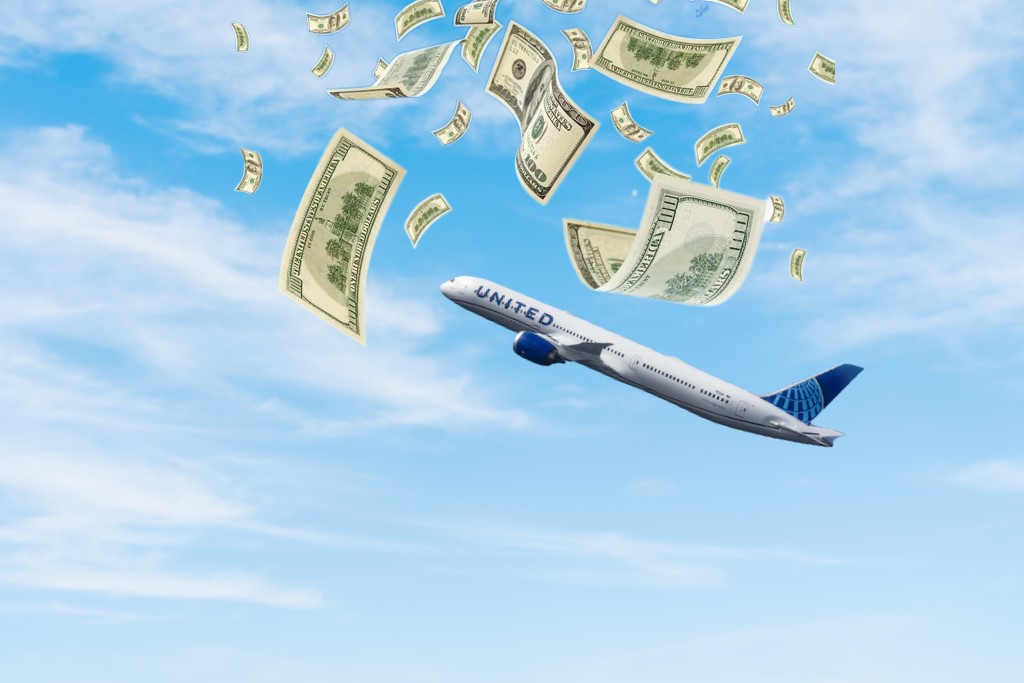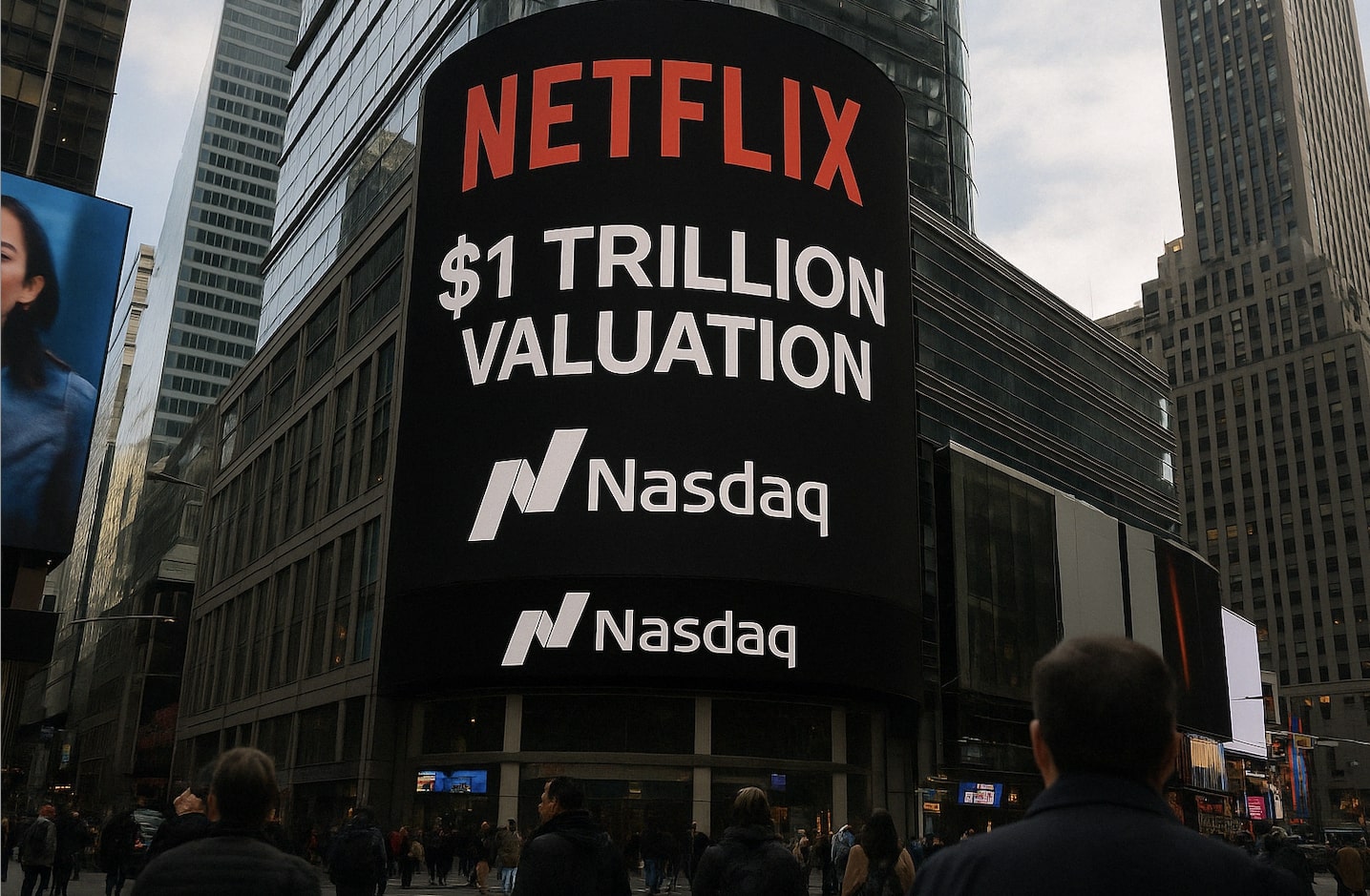
United Airlines Stock NYSE:UAL Aggressive Growth Strategy
United Airlines stands firm on its ambitious plan for expansion, fueling promising revenue growth and operational efficiencies| That's TradingNEWS
United Airlines Holdings Inc. (UAL), a major player in the aviation industry, experienced a slight dip in shares on a positive trading session where the S&P 500 Index rose by 0.39% to 4,522.79 and the Dow Jones Industrial Average increased by 0.22% to 34,585.35. United's shares dipped by 0.02%, settling at $53.33, marking the company's fifth straight day of losses and closing $4.12 below its 52-week high of $57.45 achieved on July 13th. The performance of United on this day appeared mixed in contrast to competitors like Southwest Airlines Co., Delta Air Lines Inc., and American Airlines Group Inc. Southwest's stocks fell by 0.25% to $36.27, while Delta and American saw a rise in their shares by 0.67% and 0.22% respectively. Looking at the financials of United Airlines, the annual and quarterly gross profit figures reveal a positive trend. The gross profit for the quarter ending March 31, 2023, was reported at $6.938 billion, marking a 58.98% increase year-over-year. The gross profit for the year ending on the same date was $29.964 billion, showing a year-over-year growth of 65.02%. Notably, the annual gross profit in 2022 was $27.39 billion, a significant 77.67% increase from 2021's $15.416 billion, which was itself a 65.67% rise from 2020. However, the annual gross profit of 2020 had witnessed a decline of 68.63% from 2019. The company is gearing up to release its earnings after the market closes on July 19, 2023. The day's trading volume of 4.6 million remained 1.6 million below its 50-day average volume of 6.2 million. While United has been demonstrating robust financial growth, the company also faces challenges such as weather disruptions, air traffic control issues, and a new costly pilot contract. It has pledged itself to an assertive growth plan that is expected to exert significant pressure on its financial health and external systems. In the 2nd quarter, UAL's guidance pointed towards an impressive 18% growth in capacity, lower fuel costs compared to the previous year, and firm control over unit costs. This prompted Wall Street to anticipate a strong surge in earnings for the quarter, with the expectation of this trend continuing throughout the rest of the year. United's plan for aggressive fleet acquisition and revenue growth is a key aspect of its strategy. The company aims to invest over $50 billion in this plan, significantly expanding its services, especially in the next three years. A large part of the new aircraft is expected to be used for growth. Although United has not disclosed the exact distribution between growth and replacement of older aircraft, an internal document suggests that the majority of new aircraft will be deployed for growth in the near to medium term. United's decision to undertake this aggressive growth path is influenced by several factors. For instance, since its merger with Continental Airlines, United operates a smaller domestic route system with lower revenues but a larger international route system with proportionately higher international revenues than American or Delta. Furthermore, United has the smallest market positions in non-hub markets, a result of its dependence on regional jets. The issue of labor shortage and the subsequent increase in labor costs for regional airlines has led to a decline in regional carriers' capability to operate all of their aircraft. Many of United’s hubs lack the physical capacity to handle an increasing number of regional jet flights. However, capacity growth can be achieved by upgauging flights from regional jets to mainline aircraft. Despite these challenges, United sees strong demand for its premium and international services, placing it at a financial advantage over low-cost carriers. The legacy carriers are generating the best margins in the U.S. airline industry for the first time in decades. However, United's commitment to aggressive growth raises questions about its ability to manage this plan effectively. United's current order book of $51 billion, thrice as large as Delta’s and an even larger multiple than American’s, signifies a significantly larger amount committed to fleet spending than any other U.S. airline. This substantial commitment has not been matched by efforts to address its fleet age or achieve efficiencies that come with newer aircraft. Looking into the future, United Airlines and its global counterparts seem to be heading towards 1000 mainline aircraft fleets, a level never seen before in U.S. airlines. Internal documents and aircraft order books show that both Delta and United will likely reach 1000 aircraft in their mainline fleets in 2024, with American potentially reaching that level by 2025 or 2026. While United's revenue outlook is encouraging, the financial forecast is further complicated by a new agreement with its pilot union. The four-year contract, estimated to cost United $10 billion, makes it the richest U.S. airline labor contract ever, including a $1.2 billion signing bonus and retroactive pay. The pilot union agreement will likely reduce earnings for the remainder of the year,making it more difficult for United to achieve its aggressive growth targets. The commitment to high pilot compensation may also have an impact on the company's competitive positioning, as it can push labor costs to unsustainable levels compared to rivals. However, United is not backing down from its ambitious plan and is looking to offset these labor costs with the expected growth in revenues and operational efficiencies that come with a larger fleet. The airline is also optimistic about the return of business travel, which was hit hard by the COVID-19 pandemic but is showing promising signs of recovery. This segment is particularly profitable for airlines like United, which have a strong presence in key business travel markets. In addition, United has been making strides in its customer service and experience enhancements, which could lead to improved customer loyalty and, in turn, increased revenues. The company has launched several new initiatives including new premium cabin seating options, improved in-flight amenities, and digital advancements designed to improve the travel experience. Another point of optimism for United is its strategic investments in sustainable aviation fuels and technology, which not only positions it as a leader in the aviation industry's fight against climate change but also may present cost savings and operational efficiencies in the long term. This includes the company's commitment to operate all its flights on 100% sustainable aviation fuel by 2050.
That's TradingNEWS
















